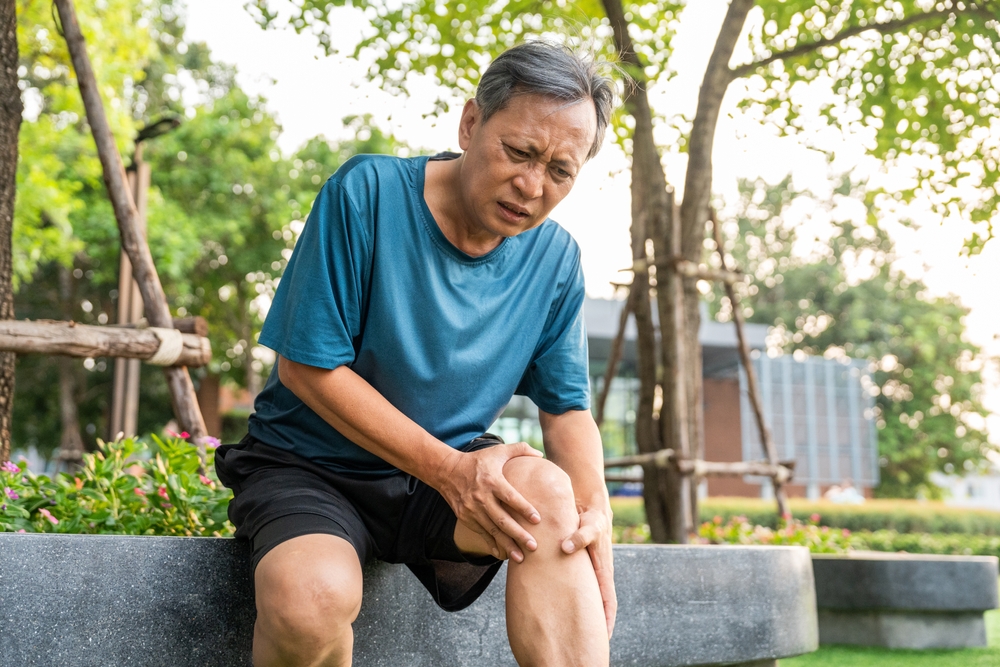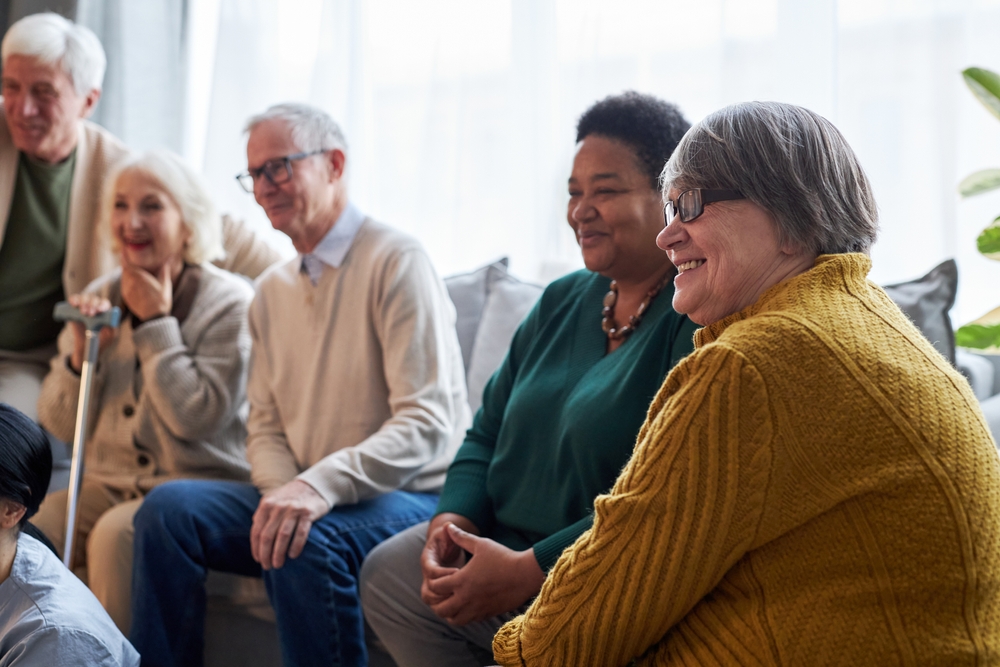Muscle Loss In Seniors: Can It Be Reversed?
Category:

Losing strength with age is natural. But left unmanaged, muscle loss in seniors can be quite debilitating, even threatening a loss of independence. Sarcopenia (loss of skeletal muscle mass) affects about one in ten adults over the age of 50, which further emphasizes the importance of maintaining muscle mass as an essential part of maintaining your health as you grow older. But why do seniors lose muscle mass exactly, and what are the best ways of dealing with it?
Why Do Seniors Lose Muscle Mass?
Understanding what happens to your muscles when you get older involves the complex biology of myostatin inhibition and various other complicated physiological areas. But there is a simple version: From about the time we turn age 30, adults begin losing roughly 3% of their strength annually for the remainder of their lives.
An older person who leans into a sedentary lifestyle may find themselves facing several threats to their independence and possibly even their lives. That’s what makes learning how to make muscles strong in old age is an essential part of maintaining your health as you grow old. But what causes muscle atrophy in elderly patients?
Aside from aging, there are a few risk factors worth knowing. For example, it’s not entirely clear why vitamin D deficiency can contribute to sarcopenia, but research has shown that correcting a deficiency can increase a person’s strength and reduce the risk of falls.
Three of the most common things that accelerate muscle loss include:
- A sedentary lifestyle/period of inactivity: Muscle loss is common after prolonged periods of immobilization or bed rest. Prolonged inactivity can lead to loss of strength, increased fatigue from exertion, and greater difficulty breaking the sedentary activity.
- An unbalanced diet: Few things will reduce muscle mass as quickly as an imbalanced diet. Both low calorie and high-calorie diets are more common among seniors. Some research suggests older adults should aim for 25-30 grams of protein to maintain muscle, while others suggest 35g is the target for muscle growth in the elderly.
- Inflammation: For various physiobiological reasons, inflammation related to chronic disease can affect strength and conditioning. Patients with COPD, arthritis, tuberculosis, and conditions involving chronic inflammation are all more likely to suffer muscle mass loss.
If you’re wondering under what conditions muscle wasting in the elderly could be reversed, you’re not alone. Unfortunately, there are no magic pills to solve these issues, and nearly all remedies are directly related to diet or exercise.
Download a Free Senior Exercising Guide
How to Improve Muscle Strength in Old Age
Muscle loss in elderly patients can be reversed in most circumstances, and many effective solutions are quite simple. One Japanese study found that seniors who spent six months walking managed to significantly increase muscle mass. Another study suggests people who walk fast are less likely to have sarcopenia. But how much exercise is a good idea for older adults?
The NIH suggests half an hour of strength training for seniors, at least twice a week. Regular strength training has been shown to help maintain bone density, reduce the risk of falling, and reduce the risk of an injury if a fall occurs. The ACSM also suggests 30-minutes but adds that seniors should focus on one muscle group each day and warm-up and cool-down before/after exercise for as long as ten or twenty minutes.
With respect to dietary improvements, the most common solutions will all involve protein.
You can get quality protein from foods like lean chicken, salmon, Greek yogurt, skin milk, or cooked beans. Very commonly taken by weight trainers, an inexpensive, over-the-counter protein supplement called creatine has been shown to help people achieve more benefits from resistance training. Apart from proteins, Omega-3 fatty acids have also been shown to improve muscle growth and offer anti-inflammatory effects.
Preventing Muscle Loss Among the Elderly
As always, it’s important to talk with your care provider before making these kinds of lifestyle changes. But with a proactive effort and a little persistence, muscle loss in seniors can typically be mitigated, prevented, or recovered.
Subscribe
Date: 2020-12-16
Category:


